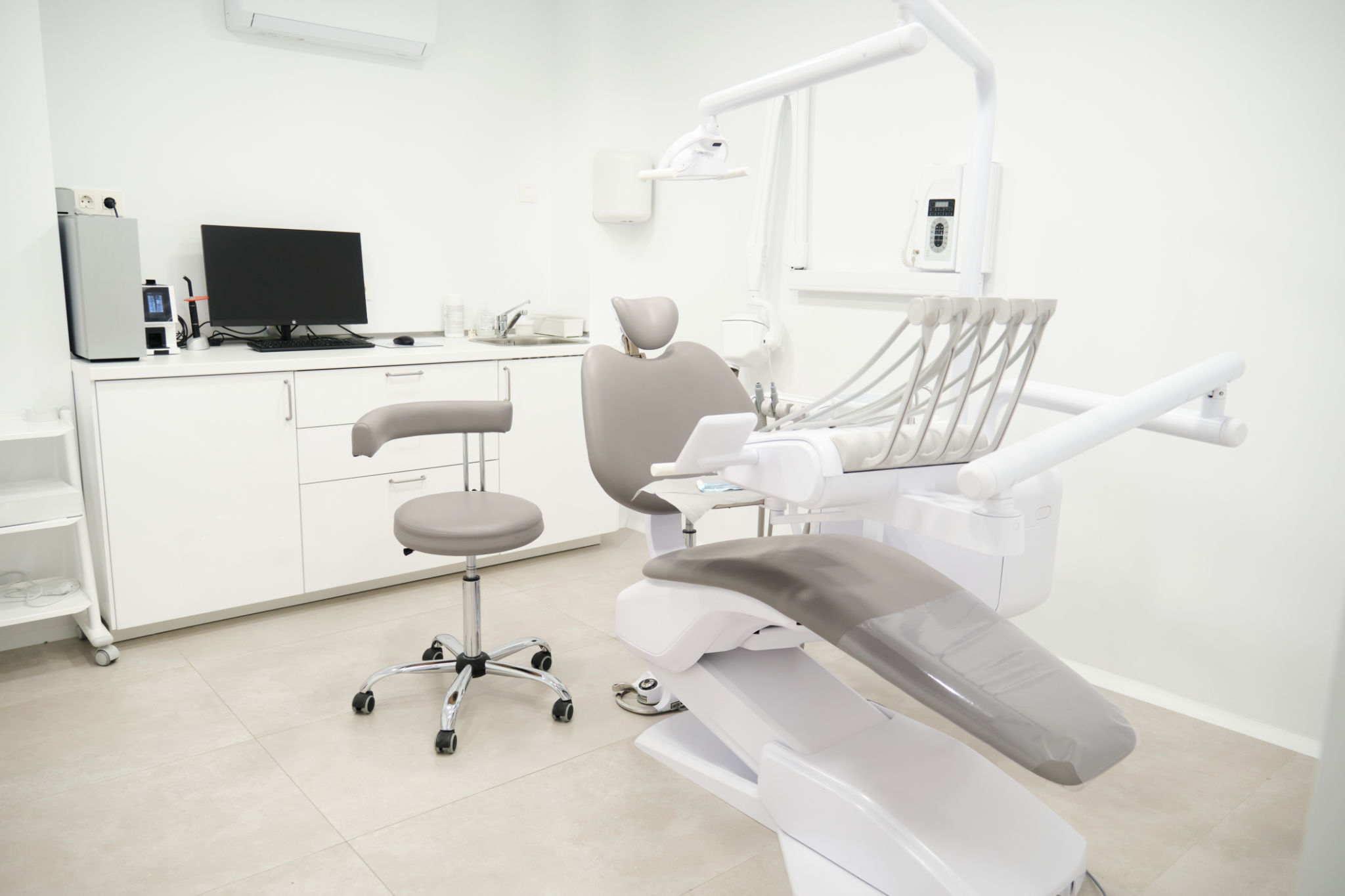Understanding Dental and Vision Coverage Plans: What Small Businesses Need to Know
Introduction to Dental and Vision Coverage
As a small business owner, providing comprehensive benefits to your employees is crucial for attracting and retaining top talent. One vital component of these benefits is dental and vision coverage. While health insurance often takes center stage, dental and vision plans play a significant role in overall employee satisfaction and well-being.
Understanding the nuances of these coverage plans can help you make informed decisions that benefit both your business and your employees. This blog post aims to break down the essentials of dental and vision coverage for small businesses.

Key Components of Dental Coverage
Dental insurance typically covers a range of services that ensure oral health. Most plans are structured around three main categories:
- Preventive Care: This usually includes routine exams, cleanings, and X-rays. These services are often covered at 100% to encourage regular maintenance of oral health.
- Basic Procedures: These include fillings, extractions, and periodontal treatments, often covered at a percentage rate after a deductible is met.
- Major Procedures: Coverage for crowns, bridges, and dentures usually comes at a lower percentage rate than basic procedures.
Understanding these categories can help you choose a plan that aligns with your employees' needs.
Understanding Vision Coverage Plans
Vision insurance is designed to reduce the cost of eye care and eyewear. These plans typically provide coverage for:
- Regular Eye Exams: These are usually covered annually or biennially, ensuring employees maintain good eye health.
- Prescription Eyewear: Coverage often includes allowances for glasses frames, lenses, or contact lenses.
- Specialized Treatments: Some plans offer discounts or partial coverage for LASIK and other corrective surgeries.

Benefits of Offering Dental and Vision Coverage
The advantages of offering dental and vision coverage extend beyond just health benefits. They contribute to higher employee satisfaction and productivity. Employees with access to these coverages are more likely to address minor issues before they become major problems, reducing absenteeism due to health concerns.
Furthermore, offering these benefits can give your small business a competitive edge in the job market. Comprehensive benefit packages often attract higher-quality candidates who value holistic health care coverage.
Choosing the Right Plan for Your Business
Selecting the appropriate dental and vision plans involves assessing the specific needs of your workforce. Consider factors such as:
- The age demographics of your employees
- Current usage patterns of dental and vision services
- The budget allocated for employee benefits

Collaborating with a benefits advisor can also provide valuable insights into which plans offer the best value and coverage options for your business's unique needs.
Navigating Cost Considerations
Cost is a crucial consideration when implementing dental and vision coverage. Plans may vary significantly in terms of premiums, deductibles, and out-of-pocket expenses. It's essential to weigh these costs against the benefits provided to ensure you're getting the best deal for both your business and employees.
Offering voluntary plans, where employees pay part or all of the premium, can be an effective way to manage costs while still providing access to essential services.
Conclusion: Enhancing Employee Satisfaction
In conclusion, understanding dental and vision coverage plans is vital for small businesses looking to enhance their employee benefit offerings. By choosing the right plans, you not only improve your employees' quality of life but also strengthen your business's position in attracting and retaining talent.
Investing time in researching and selecting the best coverage options can lead to a healthier, more satisfied workforce, ultimately contributing to the success of your business.
